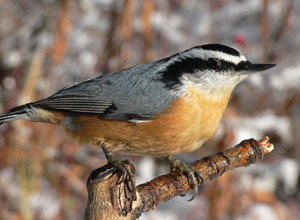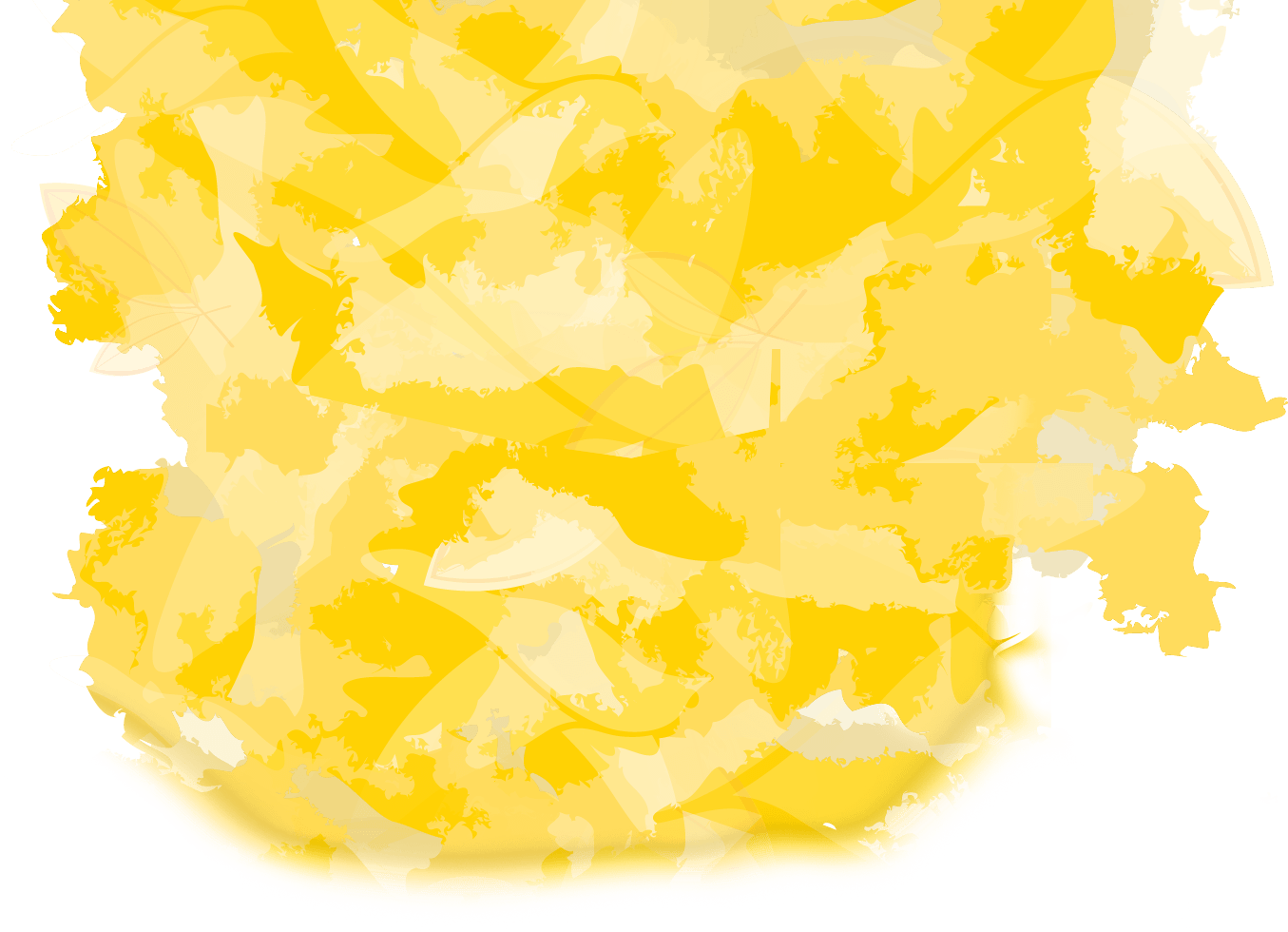When should I feed birds?
Show Answer...It is best to provide food sources all year long. February through August, birds are nesting and need extra food for breeding and rearing baby birds. September through March is a difficult time for birds, as many natural sources of food disappear in the winter months.
How much do birds eat?
Show Answer...Birds have a high metabolic rate and an average body temperature of 100 degrees (F). They need to eat constantly to store up energy for the winter months and to burn off excess heat during the summer months. Birds will eat their own body weight daily.
Should I provide a constant food source?
Show Answer...Keep feeders full at all times. Without a constant food source, birds will leave.
How long does it take for birds to find a new feeder?
Show Answer...Generally, it can take anywhere from one hour to four weeks. Most people get birds on a new feeder after only a few days, especially if there are already bird feeders in the neighborhood. In a new development with no trees or cover, it could take longer.
Why aren’t any birds coming to my feeder?
Show Answer...- Make sure you are using the right seed mix for the birds in your area.
- Make sure the seed is fresh.
- Make sure you have the correct feeder. For example, it is difficult to get Cardinals to come to a tube feeder.
- Make sure that cats are not close to your feeder.
- Make sure there are no birds of prey (Hawks, Owls, Eagles, etc.) nesting or roosting close by.
- Make sure your feeder is close to natural cover (trees and shrubs).
- Be patient. Sometimes, it takes a week or two for birds to find your feeder.
- Tie a small piece of tinfoil on your feeder so it glints in the sun. The birds will have an easier time spotting the feeder.
Why aren’t birds eating?
Show Answer...- Replace the seed and clean the feeder. The high oil content in many seeds and mixes can become rancid. Make sure the store where you purchase your food keeps fresh inventory.
- Check your seed mixture. It may be the wrong mix for the birds you want to attract.
- Make sure you have the correct feeder.
- Make sure the holes of the feeder are open and not plugged. Many inexpensive wild bird food products contain high levels of sticks and other debris that will clog holes and ports.
Why is all the seed on the ground?
Show Answer...Many birds do not like certain seeds and grains used in lesser-quality mixes. They will “throw” this unwanted seed out while searching for more desirable seeds and grains. The higher the content of milo, corn, wheat, oats, etc., the more uneaten seed you will see on the ground.
Why are plants growing under my feeders?
Show Answer...Any seed in a hard shell has the potential to grow. The best way to help prevent seeds from growing is to use mixes such as Zero-Waste® Fruit Blend or Deck, Porch N’ Patio®.
Why is my “no-waste” product not working?
Show Answer...Many so-called “no-waste” or “waste-free” products are simply made with hulled seeds and grains that many birds don’t like. The birds “throw” those seeds and grains out and so, in fact, the products are wasted. A true “no-waste” product should contain only desirable ingredients, such as sunflower hearts or chips, nuts, nut meats and fruit.
What about water?
Show Answer...Clean, fresh water should be made available at all times. During the summer, drinking and bathing are important for birds. In the winter months, in many areas, natural water sources freeze. Use a bird bath heater during the winter.
Do I need trees, shrubs and flowers?
Show Answer...Birds prefer to live and eat in areas where cover in trees and shrubs is readily available.
Getting Cardinals, Chickadees and Nuthatches isn't enough for me. How can I attract even more birds?
Show Answer...Great additions to feeding stations include water, especially moving water. Once birds hear a fountain, they are hooked. Depending on your region, you could get Waxwings, Warblers and Bluebirds bathing in your yard. Many species of birds love trees, not only for the fruit but also for the insects and spiders that come to the trees. Talk to your local nursery about native fruit-bearing trees that could be a great addition to your yard. Native conifers could also make for a safe roosting haven too.
Why do birds come to my feeder, take a seed or two and fly away?
Show Answer...Some birds, like Jays and Nuthatches, take a seed or two and then fly to a perch to crack open the hull. They will then hide these seeds in trees and other places for later use.
How do I stop blackbirds from taking over my feeders?
Show Answer...It depends on the blackbird in question. If starlings are an issue, try offering only black oil sunflowers for a little while. They will show up and kick around the food looking for hulled seeds, but will eventually leave the feeder alone. Grackles and red-winged blackbirds are harder to deal with, especially during migration. They will eat just about everything but safflower during migration. In the spring, once insects hatch, they prefer that over seed. Before that happens, they are a challenge. Try using tube-style feeders with perches, but without feed-catching trays. You can also use any type of clinging feeder and fill them with mixes that contain safflower and little to no millet or corn (like Wild Delight® Songbird Food or Cardinal Food). Another effective strategy is to fill one tray or hopper-style feeder with safflower and fill all other feeders with your favorite mix. The Grackles and Blackbirds should leave the safflower alone, but Cardinals, Chickadees, Nuthatches, House Finches and Grosbeaks will have a Blackbird-free haven to feed on.
Why do I see only Sparrows?
Show Answer...Many people like to feed sparrows. Others prefer not to have sparrows. To avoid Sparrows, use foods that do not contain millet.
How do I keep squirrels off of my feeder?
Show Answer...Make sure that the feeder is at least six feet above the ground and ten feet away from any launching point like a deck rail, tree or wire. Mount a canister, also known as a baffle, on the pole beneath the feeder. There are also hanging baffles that you can place over the feeder if it’s hanging in a tree. Also, try feeding Wild Delight® Sizzle N’ Heat® to birds. It is made with chili peppers, which birds don’t mind but squirrels find too spicy. Lastly, offering squirrels some of their own food never hurts. Try Wild Delight® Crunch N’ Nut® Squirrel Food, Corn on the Cob or one of our peanut mixes.
What's the best way to clean my feeders?
Show Answer...Try to find a bucket that is large enough to hold your bird feeder. Fill it to the top with a mixture of nine parts water to one part bleach. Submerge the feeder completely five times. Rinse the feeder and let it dry. Do this once a month or at the very least once a season.
Why did my Goldfinches disappear?
Show Answer...The brilliant yellow associated with the male Goldfinch as the breeding season nears changes to a drab yellow-green in the fall. While many Goldfinches migrate south for the winter, others remain year-round and will maintain this dull coloration, making males hard to distinguish from females.
What can I do about hawks killing birds at my feeder?
Show Answer...If you want to help your birds, try adding shrubs or a brush pile within ten feet of the feeder that will give the birds something to fly into when danger approaches. Hawks are generally looking for the weaker birds in the flock and will target birds that show signs of illness or injury. Healthy birds are quite adept at evading native predators.
Will suet get rancid in the summer?
Show Answer...Newly formulated suet and suet dough products will not melt under normal conditions or go rancid. Read the label carefully.
Will birds’ feet stick to metal perches in the winter?
Show Answer...No. Birds have no sweat glands in their feet, so there is no moisture to freeze onto the metal surface.
What about moths and other insects in my bird seed?
Show Answer...Seed is a natural product. Often, various types of insects and meal moths are present in seed. These are harmless natural creatures, and many birds thrive on these insects. To avoid this problem, buy seed in smaller quantities or packages so that it is used more quickly. Also, make sure your supplier is keeping seed fresh and that you do not see insects or moths in the store. You can also freeze your wild bird food to eliminate the problem.
What tools are available for me to learn how to identify birds?
Show Answer...Try the Cornell Lab of Ornithology’s All About Birds website or check out their free Merlin Bird ID app. Merlin asks you a series of questions about the bird you saw and comes up with a list of possible suspects. If you have a picture of a bird you can’t identify at your feeder, the American Birding Association has a group on Facebook called “What’s This Bird?” Experts help you identify birds and even offer tips for future reference.
I like bird watching! How can I connect with other bird watchers?
Show Answer...Social media has made it possible to connect with birders in your town or all over the world. A great place to start is to look on Facebook. Like us on Facebook at www.facebook.com/wilddelight.

